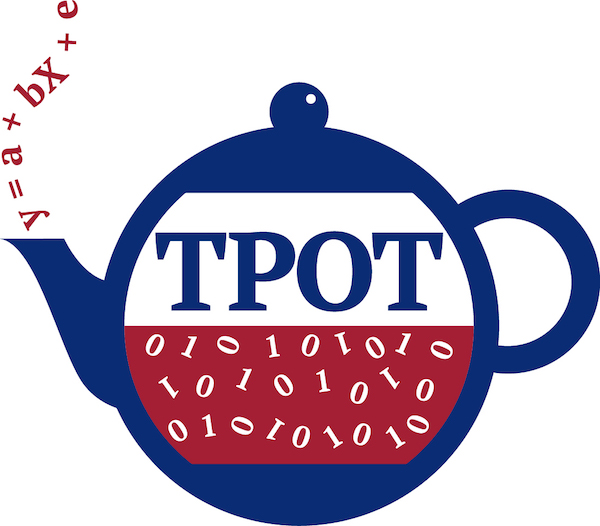AgML
AgML is a comprehensive library for agricultural machine learning. Currently, AgML provides access to a wealth of public agricultural datasets for common agricultural deep learning tasks.
Installation
To install the latest release of AgML, run the following command:
pip install agml
Getting Started
AgML aims to provide seamless access to resources for users of all levels. The core of AgML's public data pipeline is AgMLDataLoader. Simply running the following line of code:
loader = AgMLDataLoader('
'
)
will download the dataset locally from which point it will be automatically loaded from the disk on future runs. For high-level users who just want the dataset information, accessing the raw metadata is as easy as
dataset = loader.export_contents()
On the other hand, users who want to integrate the loader into their existing pipelines can use a number of methods can use a number of methods to process and export their data, including applying transforms, batching and splitting the data, and even exporting to PyTorch DataLoaders or TensorFlow Dataset pipelines.
For more detailed information about the API, see insert documentation link here.
Annotation Formats
A core aim of AgML is to provide datasets in a standardized format, enabling the synthesizing of multiple datasets into a single training pipeline. To this end, we provide annotations in the following formats:
- Image Classification: Image-To-Label-Number
- Object Detection: COCO JSON
- Semantic Segmentation: Dense Pixel-Wise
Optional
We aim to provide additional datasets for different deep learning tasks in the future.
Vision
AgML aims to be an end-to-end resource encompassing all facets of agricultural machine learning.
Include a nicely-formatted graphic of the slide that Mason
showed in the first lab meeting showing the vision for AgML?
![[CVPR 2021 Oral] ForgeryNet: A Versatile Benchmark for Comprehensive Forgery Analysis](https://github.com/yinanhe/ForgeryNet/raw/main/images/abstract.png)

![[Preprint]](https://github.com/VITA-Group/Deep_GCN_Benchmarking/raw/main/figs/combo.png)

